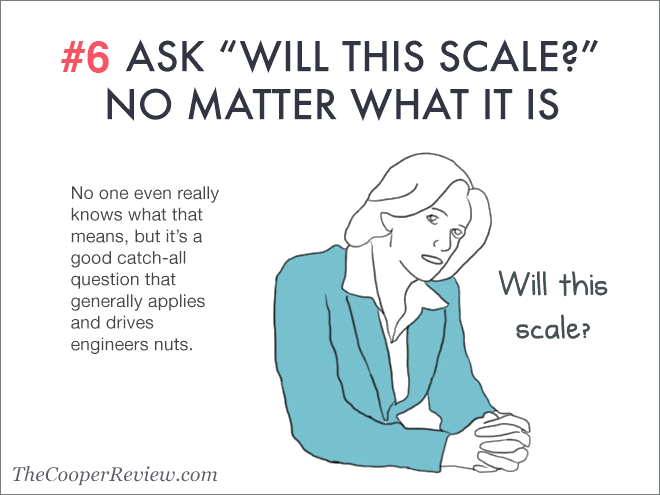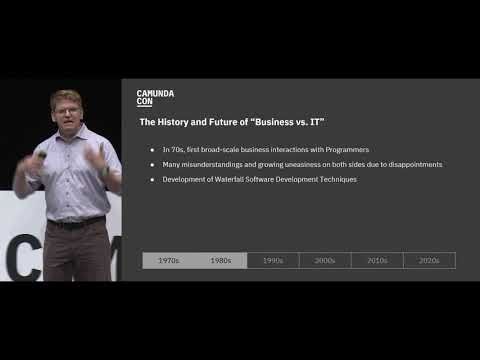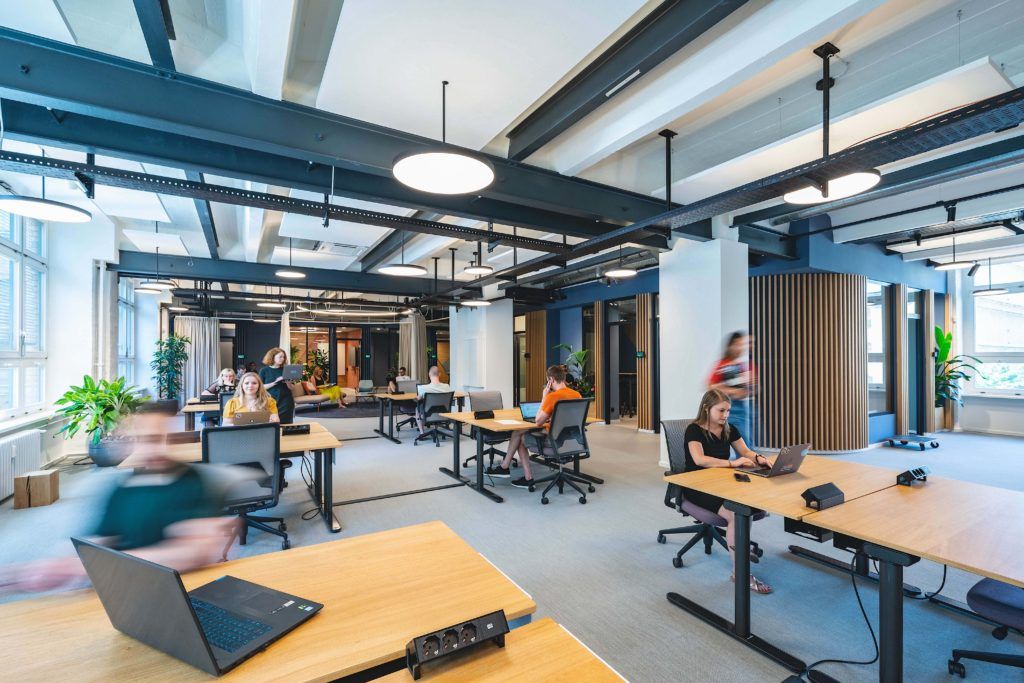Enterprises continue to struggle with meeting today’s business demands while being held back by yesterday’s technology.
Legacy and homegrown infrastructure are simply not capable of keeping pace with the digital transformation advancements that are defining a more complex business environment than ever before.
Maintaining a competitive advantage means automation. Specifically, leveraging as many technologies as possible – a concept labeled by Gartner as hyperautomation.
As defined by Gartner®, hyperautomation means “a business-driven, disciplined approach…to rapidly identify, vet and automate as many business and IT processes as possible [and] involves the orchestrated use of multiple technologies, tools or platforms.”
Read on to learn three reasons why top enterprises are using automation to reach their goals.
Tackling Those Pesky Scalability Issues
Ah, scalability – the bane of engineer’s existence.

Defining scalability issues are best illustrated with a story.
There was a restaurant in my hometown. It was a hole-in-the-wall sort of place that bar-none, served absolutely the best Italian food outside of the North End in Boston. They were doing so well that they moved across the street to a bigger space…and promptly closed within a year.
What changed?
They couldn’t scale their operation to accommodate the increased demand. You can probably think of a few local businesses that fell into this same trap.
Automation may be the key to scalability but it has to be used in the correct way. If your program tries to do too much too soon, you can end up with more problems than you started with.
That’s why we advocate starting small and building upon your successes from there.
Other key guidelines that every automation project should keep in mind for maximum scalability include:
- Start with a project, not a program.
- Don’t start big and strategic endeavors too early in your journey. Instead, go step-by-step until you are ready to scale.
- Resist the temptation to create your own platform.
- Get buy-in from your decision-maker. This is much easier to obtain when there is some real pain that your workflow is going to solve.
- Let your lessons learned influence your target picture, don’t just adopt some consulting company’s best practices.
- Make sure you give experienced people the opportunity to help in follow-on projects.
- Capture best practices and ensure knowledge sharing.
- Provide reusable components if they increase productivity, potentially as libraries that teams want to adapt.
- Establish an internal consulting approach, probably organized as a center of excellence.
- Define learning paths for new people or teams.
- Make sure to let projects breathe and let project owners make their own decisions.
For more details of what we mean by each of these points, check out our guide on Scaling Process Automation at your Company.
Making Better Use of People’s Skills and Time
Let’s face it, there are things that computers are just plain better at.
I don’t take it personally that my TI-89 calculator was better at Calculus 2 than I was back in college. Come to think of it, I’m pretty sure any random potato from the cafeteria was as well.
In all seriousness, computers will always be better at certain tasks than humans, like remembering things indefinitely and paying attention constantly without fail.

That’s because according to chess Grandmaster Garry Kasparov, automation and the assistance of computers combined with people is the ultimate combination. Unlike life, chess is a game of tactics and perfect information.
You can see 100% of the information you need in order to act at any one time. Therefore, there are a finite (though large) number of moves that can happen next so a computer needs to only calculate all of those millions of calculations to settle on what is the next best action.
It’s a tactical choice rather than a strategic one.
When Garry Kasparov lost to the computer chess player Deep Blue in 1997, it was hailed as the end of humanity’s superiority over the computer. The next year, he organized a different sort of tournament where each player was paired with a computer to calculate moves for them. In one case, a player that Kasparov had soundly beaten a year earlier instead played the grandmaster to a 3-3 draw.
As Kasparov wrote in a New York Review of Books article that by pairing people with machines, “we [people] could concentrate on strategic planning instead of spending so much time on calculations. Human creativity was even more paramount under these conditions.”
Either way, designing a better process remains key. Kasparov continued by saying that “Weak human + machine + better process was superior to a strong computer alone and, more remarkably, superior to a strong human + machine + inferior process.”
If we apply this to the paradigm of automation and digital transformation, merely moving an analog process to digital without any improvements, well, you might as well have just left it as is.
Automating the rote tasks and tactics at your organization can free up your employees to focus on their more, higher-value tasks.
Lose the Competitive Advantage in One Easy Step
During his 2019 keynote speech at CamundaCon, our CEO and co-founder, Jakob Freund, showed the satisfaction metrics for an insurance company over the course of several years.

The decline in satisfaction wasn’t due to a worse response time for resolving issues, which actually improved over that timeframe. What changed was customer expectations.
The ability of companies like Amazon to deliver products and services in increasingly efficient ways has made the average consumer expect that same sort of customer experience from every organization they encounter in their daily lives.
Every company today is held to the same standards and if you can’t deliver your products or services in the way that your customers want, someone else will. According to the International Data Corporation, by 2022, they expect that “more than half the global economy will be based on or influenced by digital as most products and services utilize a digital delivery model or require digital augmentation to remain competitive.”
One of the main things that hold most organizations back from achieving this sort of efficiency is their current infrastructure being unwilling or unable to adapt quickly to changes. That’s why top enterprises are adopting process automation platforms like Camunda to help remodel their core technologies.
By automating the business processes that are at the core of their organization, enterprises are not only able to make them more efficient but easily improve them as well.
We’ve written before on this blog about how to Create a Better Customer Experience with Process Automation, so we’ll summarize the main points here:
- Winning the Battle against Bottlenecks – use a workflow engine like Camunda to automate business processes from inception to completion across various systems and end-points and use your increased visibility to identify where bottlenecks are.
- Be Where Your Customers Are – leverage an automated tool for consolidating your communication channels can help your team recognize and prioritize the messages that need to be responded to.
- Bridge the Gap Between Digital and Physical – Chris Gianutsos from Ernst & Young wrote that “after a year of sacrifice and social distancing, consumers are craving more in-person experiences but also expect that the handoff between digital and physical interactions will be seamless.”
Conclusion
Automation is the path forward for enterprises looking to provide a top-notch customer experience and maintain a competitive advantage.
Learn how to maximize the results from teams pursuing these automation initiatives in Gartner’s® Top Strategic Technology Trends for 2022: Hyperautomation.
Gartner, Top Strategic Technology Trends for 2022: Hyperautomation, By Stephanie Stoudt-Hansen, Frances Karamouzis, Keith Guttridge, 18 October 2021
GARTNER is a registered trademark and service mark of Gartner, Inc. and/or its affiliates in the U.S. and internationally and is used herein with permission. All rights reserved.

